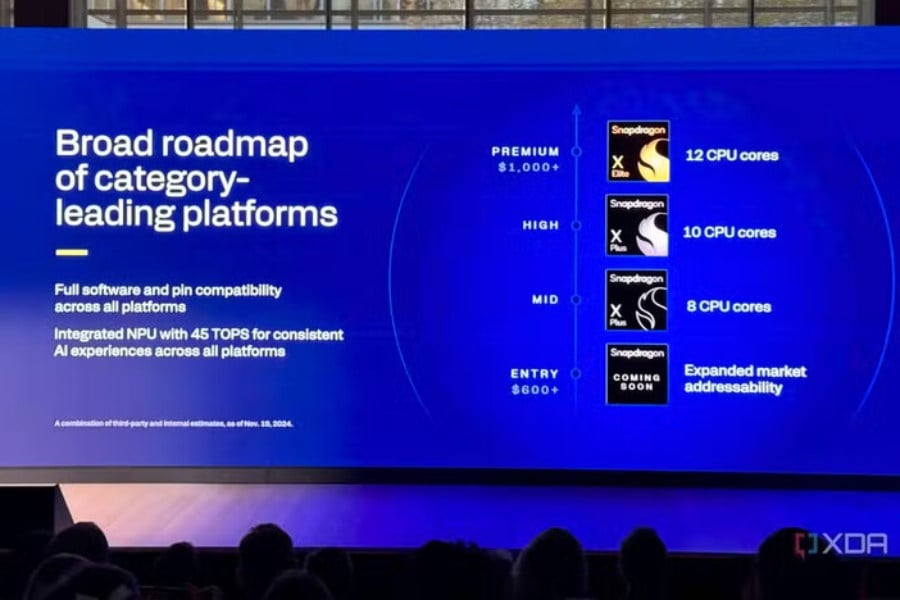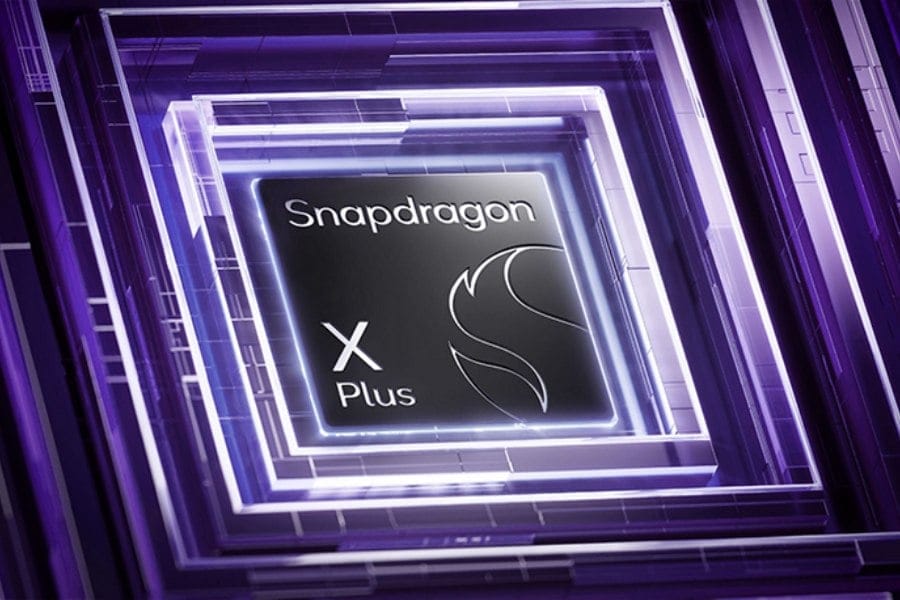Qualcomm’s Snapdragon X processors are changing how we see Windows laptops by providing battery life that lasts for days. This is a big plus compared to the usual power-hungry laptop chips. But the high costs have kept many from getting them. Good news might be on the horizon, as there are rumors of a more budget-friendly Snapdragon X chip coming soon.
Snapdragon X Lineup Evolution
The Snapdragon X series kicked off with the “Elite” model, which was made to rival Apple’s M-series chips that are used in premium laptops. These laptops usually cost more than $1,200, making them less attractive to everyday users. Qualcomm followed this up with the “Plus” version, which brought prices down to around $1,000. In September, they also released a more affordable variant of the Snapdragon X Plus, which can be found in devices like the Lenovo IdeaPad 5x 2-in-1, that started at a nice $849.
New Entry-Level Snapdragon X Chip
Now, it looks like Qualcomm is set to introduce even cheaper chips for Windows laptops. At a recent Investor Day event, they hinted at an “entry-level” Snapdragon X chip that’s targeted for laptops under $700. This move could help more people access Snapdragon X technology.
While performance details are still limited, Qualcomm has shared that this chip will include the same Neural Processing Unit (NPU) as the higher-end models. This NPU is crucial for the long battery life and AI capabilities that these processors are known for. Consequently, laptops that use these chips will carry the Copilot+ PC branding, which has minimum requirements like 16GB of DDR5 RAM and 256GB of SSD storage. It’s likely these specs will be found even in more budget-friendly models.
Potential Trade-Offs
Nonetheless, it’s still uncertain what compromises might be made to achieve the lower price point. Possible reductions could involve fewer CPU cores or slight drops in graphical performance. Qualcomm has yet to reveal a specific release date, but with CES 2025 coming up in January, it seems that this event could be an ideal place for the new chip’s introduction.
Source: Link



Leave a Reply